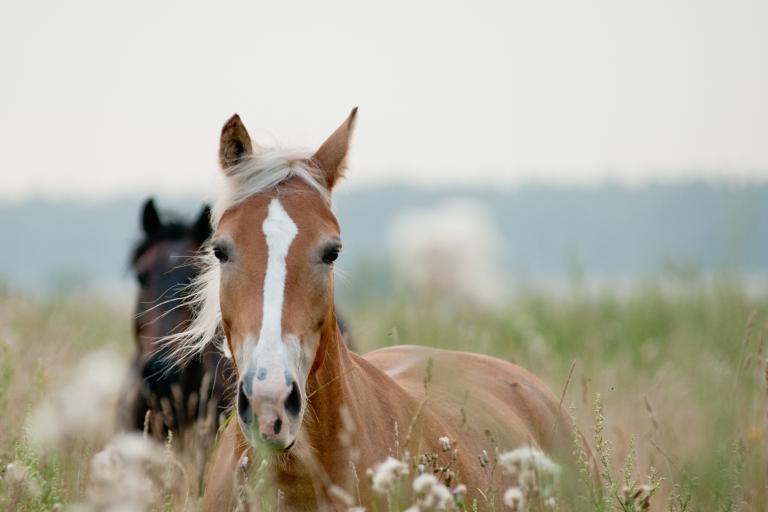Haflinger
The Haflinger is one of the best-known small horse breeds in the world and originally comes from the Alpine regions of South Tyrol and Austria. It combines robustness, versatility and a friendly nature - characteristics that make it very popular with leisure riders as well as in sport and therapy.
Profile
Breeding History
The origin of the Haflinger lies in South Tyrol. In 1873, a local mare was bred with an Arabian stallion. The goal of this pairing was to create a sure-footed, lightweight horse suitable for work in mountainous terrain. The breeding was successful, and the resulting foal was registered as 249 Folie and used in further breeding. This foal and its descendants are still considered the founding sires of the Haflinger breed. In early Haflinger breeding, many Arabian Thoroughbreds were used to refine the breed. Later, crossbreeding was restricted to maintain breed purity. As a result, the seven bloodlines of the Haflinger were developed:
A – Anselmo,
B – Bolzano,
M – Massimo,
N – Nibbo,
H – Hofrat,
S – Salurn,
St – Student,
W – Willi.
Breeding
The goal of Haflinger breeding is to produce a versatile horse characterized by good-naturedness, hardiness, and willingness to perform. Additionally, the Haflinger has a balanced temperament and is equally suited for riding and driving purposes.
Exterior (Appearance)
The conformation of a Haflinger is marked by a noble head, large eyes, and good clearance at the throatlatch. The neck is of sufficient length with a light poll. The forehand is well-muscled, and the withers are very prominent.
Interior (Temperament)
The Haflinger is robust, enduring, and sure-footed.
Hereditary Diseases
Currently, there are no known breed-specific genetic disorders in Haflingers.

